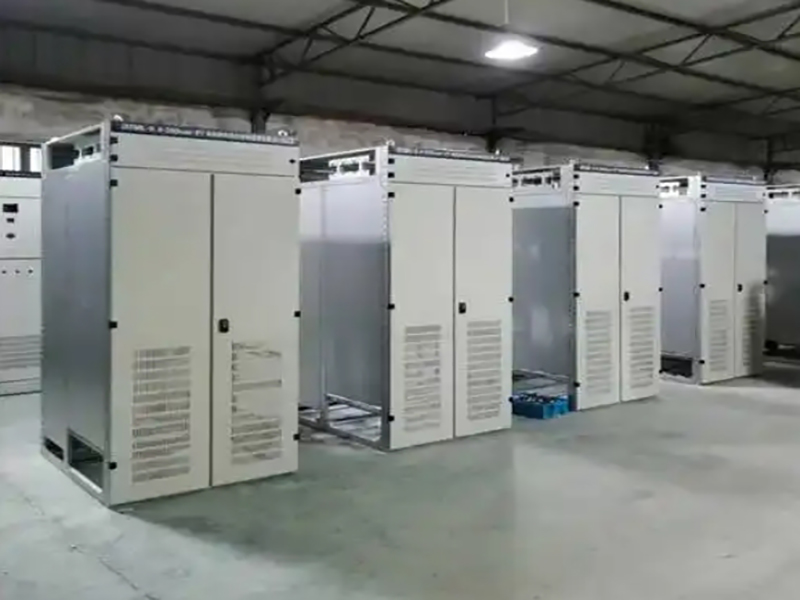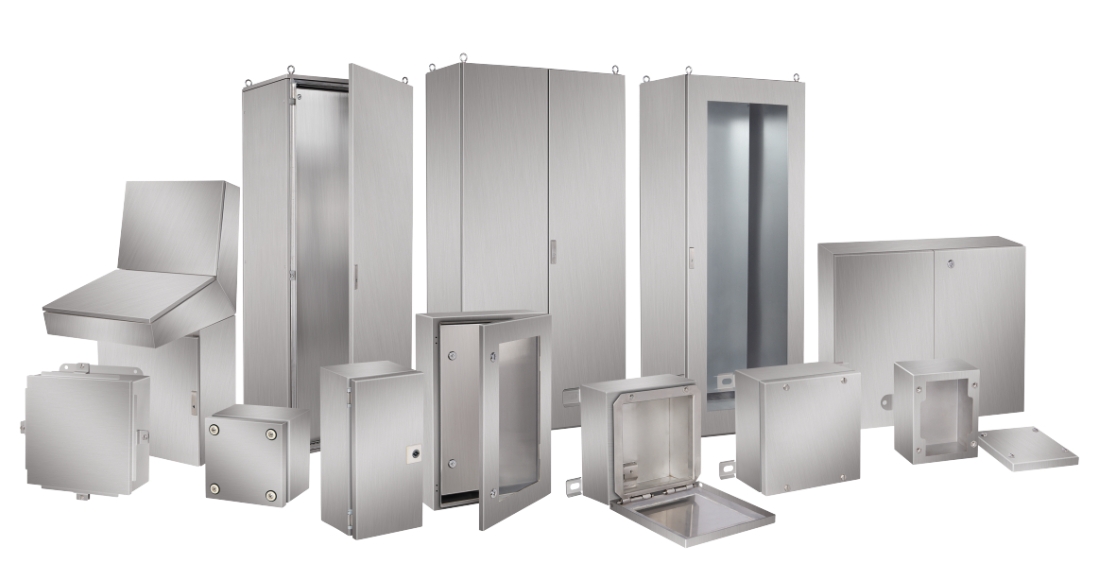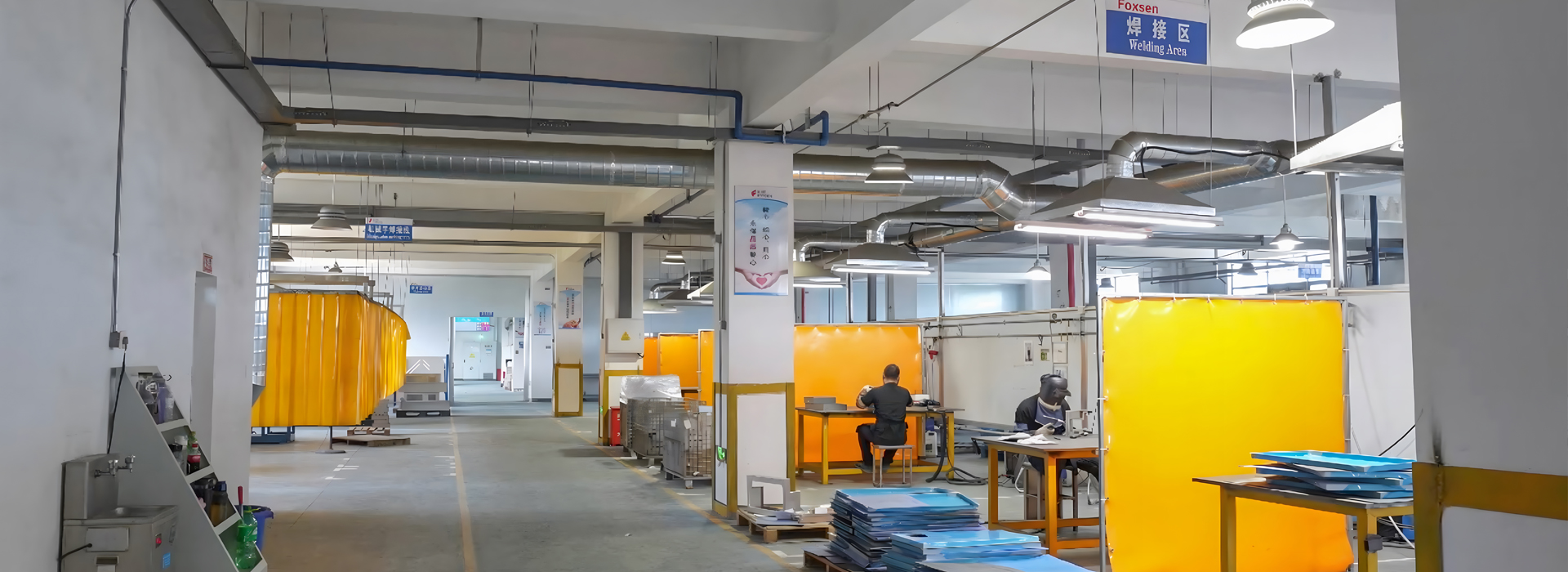Ever wondered what keeps the lights on and the machines running without a hitch? Chances are, an electrical service cabinet is quietly doing the heavy lifting. Think of it as the unsung hero of your power system—a metal box that’s more than just a container. At Foxsen, where I’ve gotten my hands dirty with these setups, an electrical service cabinet is a low-voltage powerhouse, often stepping in as a distribution hub to manage electricity flow. Paired with its shell—what we call an electronic enclosure—it’s a duo built to distribute power, control gear, and keep everything safe. Let’s break it down, digging into what it is, what its shell does, and why it matters, with some real numbers and shop-floor know-how to back it up.
The Basics: What’s an Electrical Service Cabinet?
An electrical service cabinet—sometimes overlapping with terms like electrical cabinet or electrical meter box—is your electrical system’s command center. It’s a low-voltage setup, handling up to 1200V AC or 1500V DC, where switches, circuit breakers, meters, and wiring come together to divvy up power from a main source (like a transformer dropping high voltage) to your lights, appliances, or machinery. Whether it’s a home feeding 220V to your outlets or a factory pushing 380V to motors, this cabinet’s got it covered.
Its job? Three big roles: distributing electricity, controlling equipment, and protecting users and gear. Take a GGD cabinet—it can handle 3150A at 380V—or a GCS unit cranking out 4000A at 690V. These are built to manage serious loads, like a 220V breaker for a 3.5kW appliance (I = 3500 ÷ 220 ≈ 15.9A) or a 380V motor at 7.5kW (I ≈ 7500 ÷ (1.732 × 380 × 0.8) ≈ 14.2A). It’s the cabinet that keeps the juice flowing where it’s needed, no fuss, no sparks.

What It Does: Functions of an Electrical Service Cabinet
Here’s the rundown on what an electrical service cabinet brings to the table, straight from the specs I’ve seen in action:
Power Distribution
It grabs incoming power—often via a five-wire setup (three phases in yellow, green, red; neutral in blue; ground in yellow-green)—and splits it out. A home cabinet might feed 220V to your lights, while a factory GCS powers 380V motors. Total cabinets sit near the source, allocation boxes near loads (≤30m apart, ≤3m from fixed gear per safety rules).
Shop Fact: A 400mm × 300mm × 150mm box can handle 10-20 circuits, sized with switches plus a 40mm height and 10mm depth buffer—plenty for a small setup.
Equipment Control
Inside, you’ve got switches and breakers—like a 16A unit for 220V or a three-phase setup for 380V—letting you flip circuits on or off, manually or automatically. Drawer-style cabinets (e.g., GCS or MNS) add pull-out units for quick swaps, hitting reliability specs up to IP54 (dust and splash-proof).
Real Talk: Motive control centers (MCCs) like GCK run motors at ≤660V, with breakers matched to loads—no sketchy copper wire fixes, just proper fuses or breakers.
Safety and Protection
It’s your safety net with leakage breakers tripping at ≤30mA in ≤0.1s and grounding bolts (≥6mm) to zap stray currents. The “five-prevention” rules—stopping blunders like live grounding—keep accidents off the radar. Explosion-proof versions seal it tight to snuff out sparks.
Hard Numbers: A home box sits 1.5m-1.8m off the floor (JGJ 242—2011), while a factory unit’s on a 50-100mm base (DL/T 5044—2014)—height matters for safety.
This isn’t just a box—it’s the gear that keeps power steady and folks out of harm’s way.
The Shell: The Role of Electronic Enclosures
The shell—what we call the electronic enclosure—is the electrical service cabinet’s tough outer skin, and it’s got its own gig. Here’s how it works, tied to the standards I’ve seen up close:
Material and Build
Steel Choices: SPCC (1.5mm minimum, 210 MPa strength) for everyday boxes or SUS304 (2.0mm, 505 MPa) for rust-proof, explosion-ready shells. Doors hit 2.0mm, backs 3.0mm—straight from safety checks like GB05171-1992.
Crafting It: Laser cuts at 0.1mm or CNC punches at 0.15mm shape a 600mm × 400mm explosion-proof shell. Double welds (spots <8mm, dents ≤0.6mm on 2mm steel) seal it tight—no cracks or burn-through. Anti-corrosion paint goes on after a solvent scrub, smooth and solid.
Functions of the Shell
Protection: It blocks dust (>2.5mm for IP3X), water (IP54 with SUS304), and impacts—shells take hits without denting past 30% thickness. Explosion-proof versions add fireproof mud at cable entries (gaps <1mm) to stop gas-triggered blasts—crucial for risky zones.
Support: Holds the guts firm—busbars, breakers, and wiring stay put, whether 50mm up in a plant or 1.5m in a home. Grounding bolts and copper straps tie every metal bit together, keeping stray volts grounded.
Access: Doors (three hinges if >1.2m, ≥10kg load) swing ≥90° with locks, showing only switches when opened—wires and terminals stay hidden, per hazard scans like those in “Distribution box safety hazard inspection method.”
Shop Specs: A 400mm × 300mm SPCC shell weighs 5-7 kg (7.8 g/cm³), SUS304 bumps to 6-8 kg (8.0 g/cm³). It’s built to handle 40°C heat or 80% humidity without breaking a sweat.

How They Team Up
The electrical service cabinet and its electronic enclosure are like a one-two punch. The cabinet dishes out power (up to 4000A), controls gear (like MCCs at ≤660V), and protects with breakers at 30mA. The shell—cut to 0.1mm, welded tight, and coated—backs it up, keeping internals safe whether it’s a home box at 1.8m or a factory unit on a 100mm base. Skip the grounding or botch the welds, and you’re rolling the dice—90% of accidents come from those slip-ups, per safety checks.
At Foxsen, an electrical meter box—say, a 2mm SPCC shell with a 16A breaker—means steady juice and no surprises. It’s not just a cabinet; it’s a system—distributing power, controlling loads, and locking out risks, all wrapped in a shell that’s tough as nails. Next time you see one, you’ll know it’s the real deal keeping the lights on and the sparks off.





